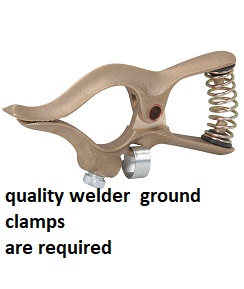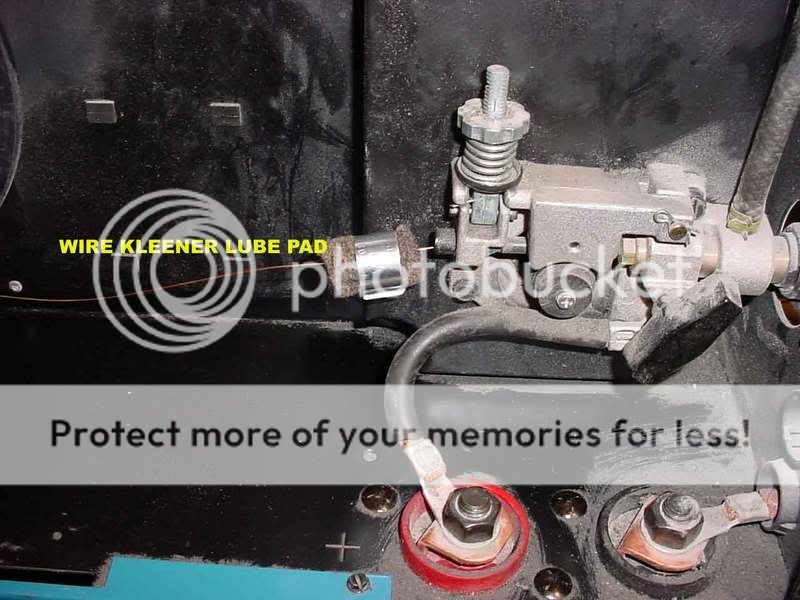I wanted to do some practice and was trying to figure out what the wire feed speed was
in IPM, since I only have a 1-10 scale. I was watching Jody and he had nice way to figure
out the IPM of the wire feed. This happens in Part 3 of 7.
http://www.weldingtipsandtricks.com/mig-welding-basics-3.html
Ok so back to my problem. After several test to determine the wire feed speed, the
Eastwood MIG 175 started to slow down without ANY changes to the machine. I let
the machine cool for 30 minutes, but this had zero effect. Watch the video below and
let me know what you think?
.
in IPM, since I only have a 1-10 scale. I was watching Jody and he had nice way to figure
out the IPM of the wire feed. This happens in Part 3 of 7.
http://www.weldingtipsandtricks.com/mig-welding-basics-3.html
Ok so back to my problem. After several test to determine the wire feed speed, the
Eastwood MIG 175 started to slow down without ANY changes to the machine. I let
the machine cool for 30 minutes, but this had zero effect. Watch the video below and
let me know what you think?







